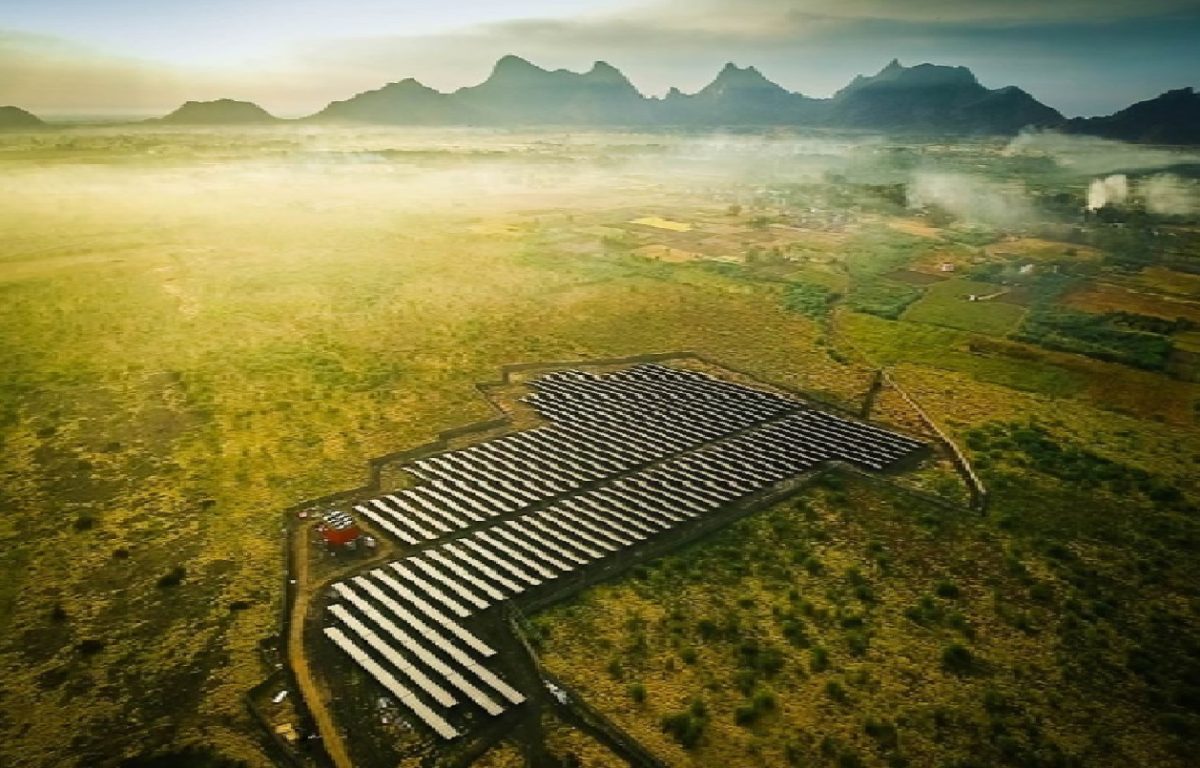From pv magazine USA
Paired Power, a US solar charging infrastructure manufacturer, has developed PairTree, a standalone, solar-powered canopy and EV charger that takes an average of four hours to install.
Like Paired Power’s other products, PairTree is a solar-powered EV charger, but it doesn’t need an electric grid connectivity to function. The off-grid product can provide backup power in remote areas and military sites.
The solar canopy features bifacial solar panels in 4.6 kW units combined with a UL 9450-listed battery energy storage system and one or two “Level 2” EV chargers. The solar panel’s bifacial design means reflected light can reach the bottom surfaces of each panel without shading from mounting systems or other infrastructure obstructing it.
Paired Power said its bifacial panels can increase PairTree’s energy yield by as much as 15%, allowing its 4.6 kW units to perform as effectively as a 5.3 kW solar array.
Popular content
Depending on the capacity of its battery energy storage system, which the company says maxes out at 42.4 kWh, the product provides between 75 miles (120.7 km) and 230 miles of daily range. PairTree’s operating temperature ranges between -6.6 C and 48.8 C.
Users can control charging via a software app they install on their phones. Tom McCalmont, the CEO of Paired Power, told pv magazine USA that each PairTree is connected to the cloud using similar commercial security services that protect online banking systems.
“All traffic between the charging stations and the data in the cloud is encrypted, as is all access to the data that we provide for monitoring system performance,” he said.
The base price for a unit ranges between $28,000 and $78,000 based on the battery size and number of chargers. Installation generally costs up to $5000 per system, with exact numbers dependent on location. However, Paired Tree states that customers may be eligible to claim a 40% tax credit under the Inflation Reduction Act’s Investment Tax incentive.
This content is protected by copyright and may not be reused. If you want to cooperate with us and would like to reuse some of our content, please contact: editors@pv-magazine.com.



This article has valuable information. However, I have a question regarding solar array (4~5Kw) and power capacity of 42KWh, which should be of the battery bank. How does one expect such high power to be generated with so limited solar array?
The rule of thumb is 4x the rated panel wattage is generated on a sunny day. So, 4.6kw x 4 would generate 18.2kw daily. If the storage battery capacity is 42kw, it would take about 2.3 days for the panels to recharge that battery before another car can be charged. This is a “best case” as there are always clouds, dust and electrical inefficiency. And this charging station costs around $50,000. So, if I buy three of these I could maybe drive to work every day. Where do I sign-up?
The tax credit is only 30%, not 40%.
And the tax credit is only good if you can file longform and you owe the government.
Based on the off grid. EGbatt seems already has 40kw, 60kwh and up to 120KW fast ev charging solution.